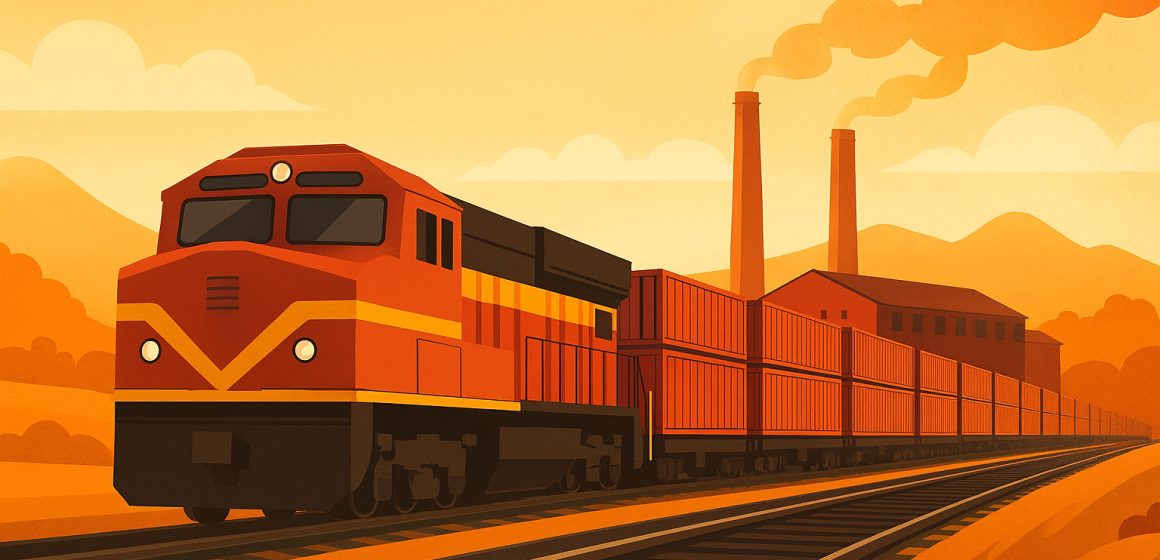Daily loading remains robust at around 4.4 MT, higher than 4.2 MT last year, demonstrating improved operational efficiency and sustained demand.
Indian Railways, the world’s fourth‑largest rail transporter, crossed the landmark 1 billion tonnes of freight loading for FY2025‑26 on November 19, propelled by strong demand in coal, iron ore, cement, and container traffic.
This milestone reflects broad‑based support from key sectors such as coal (505 MT), iron ore (115 MT), cement (92 MT), container traffic (59 MT), pig iron and finished steel (47 MT), fertilisers (42 MT), mineral oil (32 MT), foodgrains (30 MT), raw materials for steel plants (about 20 MT), and other goods (74 MT).
Daily loading remains robust at around 4.4 MT, higher than 4.2 MT last year, highlighting improved operational efficiency and sustained demand. Between April and October 2025, freight loading touched 935.1 MT compared to 906.9 MT in the same period last year, marking healthy year‑on‑year growth.
“This sustained momentum, combined with improved daily loading rates, demonstrates Railways’ capacity to support India’s industrial expansion and infrastructure development,” a Ministry of Railways statement said on Saturday.
Recognising the critical role of cement in India’s infrastructure growth, Railways has introduced reforms to optimise logistics capabilities. The rollout of the Policy for Bulk Cement Terminals and rationalised rates for bulk cement movement in containers represents a strategic initiative to modernise cement transportation. These measures aim to expand bulk handling capacity, reduce transit time, and lower logistics costs, directly benefiting industry players and end consumers while driving efficiency across the supply chain.
Over the past decade, Indian Railways has rolled out several initiatives, including modernised freight wagons, digital freight monitoring systems, and improved terminal infrastructure, alongside the Eastern and Western Dedicated Freight Corridors, to compete more effectively with road transport as the primary mover of materials.


